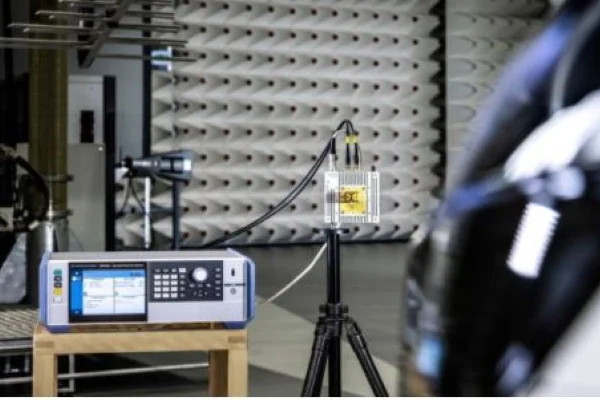Radar technology has become an integral part of modern technological advancements. From air traffic control to autonomous vehicles, radar plays a crucial role in ensuring safety, accuracy, and efficiency across a variety of sectors. One key component in the development and enhancement of radar systems is the radar test, which serves as a diagnostic tool to assess, optimize, and innovate radar technologies. This article explores the importance of radar tests in modern technology, focusing on their applications and innovations across various industries.
What is a Radar Test?
A radar test is a procedure used to evaluate the performance and reliability of radar systems. By simulating various operational conditions, radar tests allow engineers and scientists to identify potential issues and ensure that radar systems are functioning optimally. These tests involve measuring parameters such as range, resolution, accuracy, and power output, all of which are essential for the proper operation of radar systems.
Radar Tests in Aerospace and Aviation
In the aerospace and aviation industries, radar tests are pivotal in ensuring the safe operation of aircraft and air traffic control systems. Radar systems are essential for detecting and tracking objects in the sky, including other aircraft, weather systems, and obstacles.
Radar tests are routinely conducted to validate the effectiveness of radar installations in airports, particularly for air traffic control towers. These tests ensure that radar systems can accurately track aircraft within a designated airspace, providing air traffic controllers with critical information needed for navigation and safety. Furthermore, radar tests help detect the presence of turbulence, storms, and other weather conditions that may affect flight safety, providing pilots with timely data to make informed decisions.
Autonomous Vehicles: The Impact of Radar Tests
As autonomous vehicles continue to revolutionize the automotive industry, radar tests play a significant role in their development. Radar systems in autonomous vehicles are responsible for detecting objects, including other vehicles, pedestrians, and obstacles, in the vehicle’s path. These systems rely on radar sensors that emit and receive electromagnetic waves, creating a real-time map of the surrounding environment.

Radar tests are essential for verifying the reliability of these sensors, ensuring that the radar systems can accurately detect objects under various environmental conditions, including rain, fog, and low visibility. By conducting radar tests, engineers can fine-tune the performance of radar sensors, leading to improvements in vehicle safety and navigation systems. These tests are a critical step in achieving fully autonomous vehicles that can operate safely in diverse real-world scenarios.
Military and Defense Applications
In military and defense applications, radar tests are a cornerstone for ensuring the operational readiness and accuracy of radar systems used for surveillance, target detection, and missile tracking. Military radar systems are designed to operate in hostile environments, where electronic warfare, interference, and jamming are common threats.
Radar tests help assess the resilience of radar systems against these challenges, allowing for the development of advanced technologies that can operate effectively in complex environments. Innovations in radar testing also contribute to the development of stealth technologies, such as radar-absorbing materials and techniques to minimize detection. These advancements are critical for national security and defense operations.
Innovations in Radar Testing Technology
Radar testing itself has evolved significantly, with new innovations making the process more efficient and precise. Traditional radar tests often relied on physical simulations and field trials, but modern radar testing has embraced digital simulations, automated testing systems, and machine learning.
Digital Simulations: One of the major innovations in radar testing is the use of digital simulations. These simulations allow engineers to replicate real-world scenarios without needing to conduct field tests, which can be time-consuming and expensive. By using digital models, radar performance can be assessed under various conditions and with different configurations, providing valuable data for system optimization.
Automated Testing Systems: Advances in automated radar testing systems have made it possible to perform tests quickly and accurately. Automated systems can run multiple test scenarios in parallel, reducing the time required for testing and increasing the accuracy of results. These systems are especially valuable in industries where rapid iteration and frequent testing are required, such as in automotive or aerospace engineering.
Machine Learning Integration: The integration of machine learning algorithms into radar testing is another groundbreaking development. These algorithms can analyze radar data and identify patterns that may be difficult for humans to detect. Machine learning enhances the radar test process by providing deeper insights into radar performance and suggesting optimizations that might otherwise be overlooked.
Conclusion
Radar tests have become an indispensable tool in the development and optimization of radar technologies across a range of industries, including aerospace, autonomous vehicles, and defense. Through innovations such as digital simulations, automated testing systems, and machine learning, radar testing has advanced, allowing for more efficient and accurate assessments. As radar technology continues to evolve, the role of radar tests will remain crucial in ensuring that these systems operate at their highest potential, contributing to greater safety, accuracy, and reliability in modern technology.





